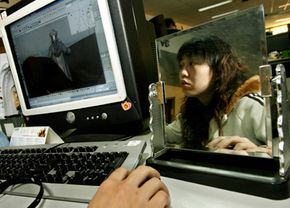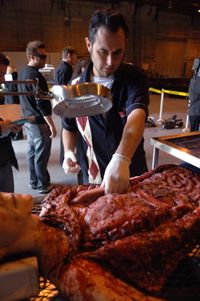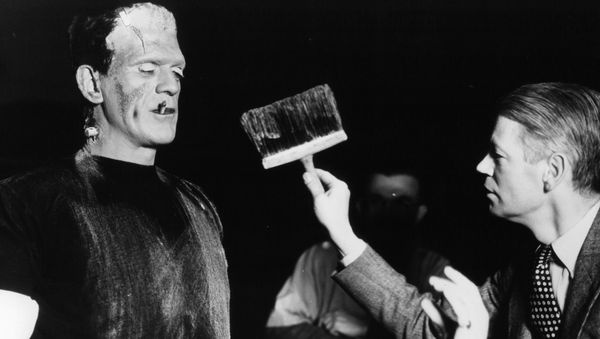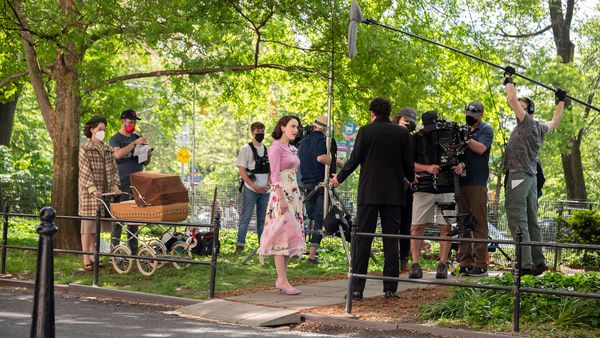In the movies, nothing is impossible. Living, breathing dinosaurs roam the Earth. Humans rocket to distant galaxies and war with alien races. Monsters rise from the sea and destroy New York City. This type of cinematic magic is made possible by the hard work of special effects artists.
Next time you go to the movies, stick around for the credits. If the film is one of those big summer blockbusters, get comfortable; you’re going to be there for a while. Thousands of people collaborate on these million-dollar projects. And a big part of what makes these movies so much larger than life is special effects. Hundreds of computer animators, model makers, explosives experts, puppeteers and make-up artists spend thousands of hours crafting these on-screen realities.
Advertisement
When we think of modern special effects, we tend to focus on computer generated, or CG, effects. Computers have had a greater impact on special effects than any other tool. But you might be surprised at how many old-school effects tricks are still used in movies, like precise miniatures, creative makeup and good old-fashioned dynamite.
Most often, however, good special effects are a blend of both physical techniques and digital wizardry. Computer animators might create a digital Tyrannosaurus Rex that races through a forest. Pyrotechnics experts set up controlled explosions that splinter tree trunks and branches as the digital creature crushes through them. When it’s time for the beast to grab the hero in his teeth, the animatronics team creates a giant mechanical puppet of the T-Rex’s head. After the T-Rex has had his snack, the makeup artists paint a gruesome wound on the hero (he lives, of course).
So how many different types of special effects artists are there and how do you break into such an exciting industry? Does it take a college degree or can you just work your way up? Read on to find out more.
Advertisement






